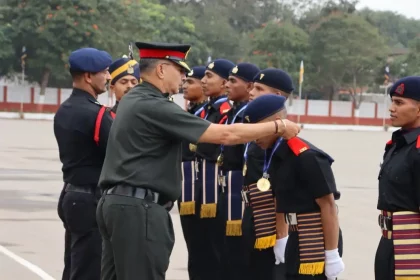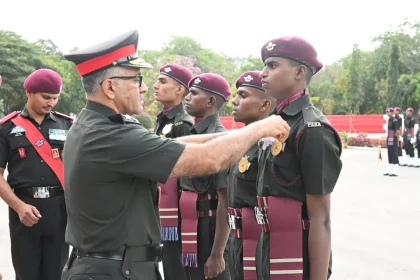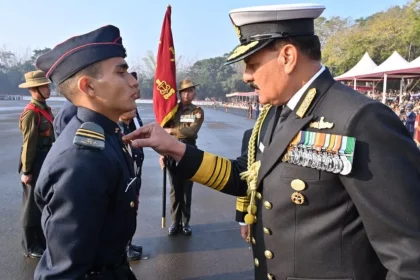1,325 Agniveers Pass Out After Completing Advanced Military Training at ASC Centre (South)
Agniveer Batch from 40 Regimental Centres Passes Out at ASC Centre (South) After Completing Advanced Training.
Indian Navy’s TEDBF Naval Fighter Nears Final Approval, Says Navy Chief
Indigenous 4.5++ Gen Carrier-Borne Jet Set to Enter Prototyping Phase.
137 Territorial Army Recruits Pass Out at Parachute Regiment Training Centre
TA Recruits Take Oath of Allegiance, Prepare for Deployment in Key Operational Areas.
Agniveer Batch 06/25 Passes Out After 31 Weeks of Rigorous Training in Secunderabad
Young Recruits Join Army Ranks After Completing 31 Weeks of Rigorous Military Training.
Indian Army Engineers from Strike-One Sappers Join IAF in Cyclone Relief Mission to Sri Lanka
Indian Army’s Strike One Sappers Join Massive HADR Push in Cyclone-Hit Sri Lanka.
Taxi Driver’s Son Becomes Top NDA Cadet, Wins President’s Gold Medal at 149th POP
Uttarakhand Youth Overcomes Challenges to Win NDA’s Highest Honour.






